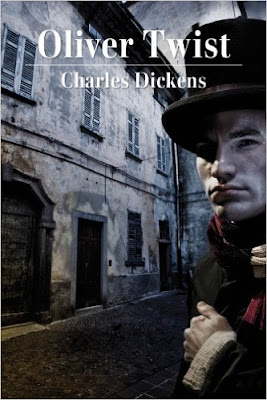The story of the orphan Oliver, who runs away from the workhouse only to be taken in by a den of thieves, shocked readers when it was first published. Dickens’s tale of childhood innocence beset by evil depicts the dark criminal underworld of a London peopled by vivid and memorable characters – the arch-villain Fagin, the artful Dodger, the menacing Bill Sikes and the prostitute Nancy.
Starved and mistreated, empty bowl in hand, the young hero musters the courage to approach his master, saying, "Please, sir, I want some more." Oliver Twist's famous cry of the heart has resounded with readers since the novel's initial appearance in 1837, and the book remains a popular favorite with fans of all ages.
Dickens was no stranger to the pain of hunger and the degradation of poverty. He poured his own youthful experience of Victorian London's unspeakable squalor into this realistic depiction of the link between destitution and crime. Oliver escapes his miserable servitude by running away to London, where he unwillingly but inevitably joins a scabrous gang of thieves.
Combining elements of Gothic Romance, the Newgate Novel and popular melodrama, in Oliver Twist Dickens created an entirely new kind of fiction, scathing in its indictment of a cruel society, and pervaded by an unforgettable sense of threat and mystery. This tale of the struggle between hope and cruelty continues to speak to modern audiences.


No comments:
Post a Comment